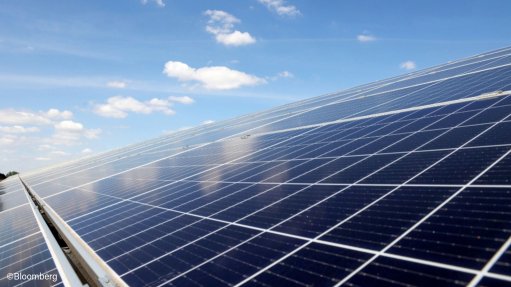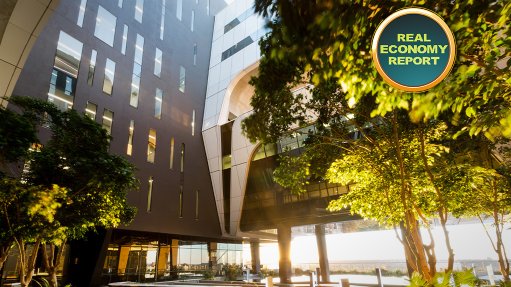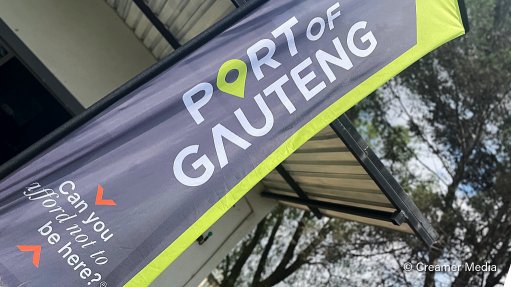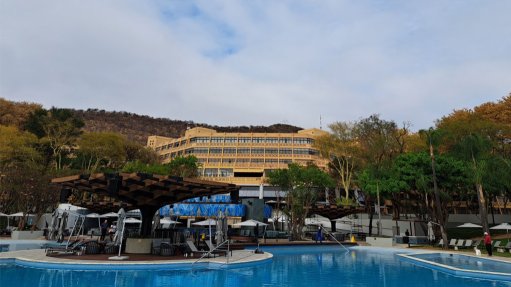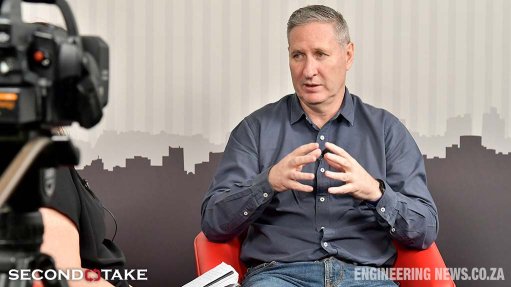$22.59bn projected heat exchanger market value by 2023
The heat exchangers market is projected to reach $22.59-billion by 2023, from $13.5-billion in 2017 at a compound annual growth rate of 9.0% during the forecast period, says research company Markets and Markets.
The surging prices of energy have resulted in increased demand for heat exchangers. The forecast period considered in this report being between 2018 and 2023, the company mentions that global demand for heat exchangers is expected to increase in the near future considering the vital role they play in major industries, such as petrochemicals, petroleum refining, and power.
The report notes that, in recent years, the heat exchangers market has witnessed significant advancements in technology owing to increasing demand for recovering valuable energy, reducing costs, and limiting environmental emissions. These developments include deployment of new and efficient heat exchangers, innovative heat transfer equipment, as well as the introduction of systems of heat exchangers in various industrial processes.
Last year, key market player heat exchanger company Kelvion developed AirToAir heat exchangers for the heat recovery and efficient use of energy.
Shell and tube is the most used types of heat exchanger accounting for the major share of the heat exchangers market last year. Shell and tube heat exchangers can manage fluids at high temperatures and pressures based on what is preferred in a variety of applications such as chemicals, petrochemicals, oil and gas, food and beverage, and power generation.
Heat exchangers are one of the most efficient options for saving energy. They help in reducing power costs by between 20% and 40%, as they do not require electricity. Therefore, the increasing focus on saving energy costs plays an important role in driving the demand for heat exchangers.
The demand for energy efficient equipment by energy-intensive consumers, such as chemicals and pharmaceuticals manufacturers, food and beverage processing plants, and the oil and gas and marine industries is also driving the heat exchangers market globally.
Moreover, a major shift from the developed regions, such as Europe and North America, to developing economies of APAC, such as China and India, is being witnessed in the heat exchangers market. The heat exchangers market in Europe and North America is mature and is witnessing a slow growth rate. Although these regions have a huge market size, growth is expected to be slow during the forecast period, compared with other regions.
The slow growth rate in these regions is mainly attributed to the slow economic activity in these regions. The slow growth also results from higher energy costs and stringent environmental regulations.
The rapid industrialisation in developing economies and increasing investments in manufacturing, commercial, and industrial projects have contributed to the overall expansion of the heat exchangers market.
According to petroleum company BP’s ‘Statistical Review’, in 2017, China’s nuclear power generation increased by 17%, while natural gas production increased by 8.5% to reach 149 billion cubic metres. Therefore, the country plays an important role in driving the heat exchangers market in APAC. Rapid industrial expansion in India, Japan and other countries is also increasing the demand for heat exchangers in the region, thereby driving the market.
The report also notes that the Kyoto Protocol that came into effect in 2005 has increased the pressure on various industries to reduce energy use and associated carbon dioxide emissions. Therefore, heat exchangers offer an environment-friendly cooling solution to these energy-intensive industries, compared with other heating or cooling equipment.
“These exchangers do not use non-renewable fossil fuels, such as coal or natural gas, for heat transfer. They not only allow the heat to transfer safely and efficiently from engines and other mechanical items, but also conserve energy in some specific mechanical items.”
Moderate growth in the global commercial construction industry, along with increasing modernisation and urbanisation in developing countries, has fuelled the demand for heat exchangers. The increase in heating, ventilation, air conditioning and refrigeration (HVACR) market deployments, backed by the favourable government investments in the commercial construction industry, has also propelled the demand for heat exchangers, which is expected to continue during the forecast period.
However, the report mentions that the lack of awareness about enhancing energy efficiency in buildings restricts the demand for HVACR insulation in many developing and underdeveloped countries. Many architects and engineers overlook building energy efficiency while designing private or public infrastructure. Many misconceptions prevail among consumers as well as building professionals about the costs and associated problems of low energy and insulated houses.
Apart from this, though, the heat exchangers market is driven by rapid growth in power consumption from the industrial sector in developing countries, resulting in the growing adoption of energy-saving equipment.
Comments
Press Office
Announcements
What's On
Subscribe to improve your user experience...
Option 1 (equivalent of R125 a month):
Receive a weekly copy of Creamer Media's Engineering News & Mining Weekly magazine
(print copy for those in South Africa and e-magazine for those outside of South Africa)
Receive daily email newsletters
Access to full search results
Access archive of magazine back copies
Access to Projects in Progress
Access to ONE Research Report of your choice in PDF format
Option 2 (equivalent of R375 a month):
All benefits from Option 1
PLUS
Access to Creamer Media's Research Channel Africa for ALL Research Reports, in PDF format, on various industrial and mining sectors
including Electricity; Water; Energy Transition; Hydrogen; Roads, Rail and Ports; Coal; Gold; Platinum; Battery Metals; etc.
Already a subscriber?
Forgotten your password?
Receive weekly copy of Creamer Media's Engineering News & Mining Weekly magazine (print copy for those in South Africa and e-magazine for those outside of South Africa)
➕
Recieve daily email newsletters
➕
Access to full search results
➕
Access archive of magazine back copies
➕
Access to Projects in Progress
➕
Access to ONE Research Report of your choice in PDF format
RESEARCH CHANNEL AFRICA
R4500 (equivalent of R375 a month)
SUBSCRIBEAll benefits from Option 1
➕
Access to Creamer Media's Research Channel Africa for ALL Research Reports on various industrial and mining sectors, in PDF format, including on:
Electricity
➕
Water
➕
Energy Transition
➕
Hydrogen
➕
Roads, Rail and Ports
➕
Coal
➕
Gold
➕
Platinum
➕
Battery Metals
➕
etc.
Receive all benefits from Option 1 or Option 2 delivered to numerous people at your company
➕
Multiple User names and Passwords for simultaneous log-ins
➕
Intranet integration access to all in your organisation







